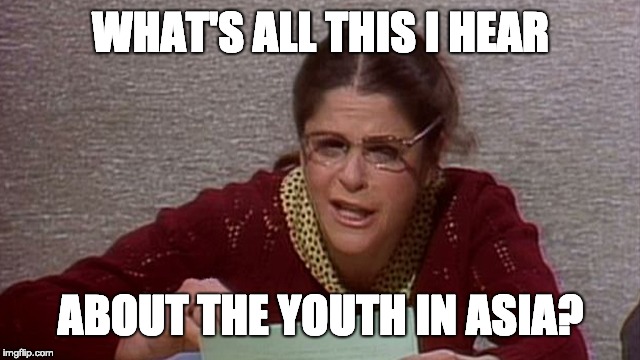 |
| The daily average for new CVD cases has been declining since late March. |
One of the indicators used to make the judgment will
be two to four weeks of lowering daily numbers of infections. Not zero cases, mind you, but a clear
downward trend that was about half of the current rate, according
to Ontario's chief medical officer of health last week.
Two other
key indicators will a decrease in cases not traced to a source and a decrease
in new hospitalizations.
In one of the provinces least affected by COVID-19, people
in Newfoundland and Labrador found out on Monday that they could be locked down
for weeks and potentially months more before provincial government bureaucrats
and politicians will consider easing any of the restrictions imposed on them in mid-March.
That chilly outlook came from politicians Monday afternoon after a
presentation by one of the government’s key advisors that confirmed:
- we are now in the fourth week of declining and lately low numbers of new cases per day,
- only two percent of cases across the province cannot be traced to a source,
- that there have been no new hospital admissions for COVID-19 for more than a week (it's actually two weeks), and
- no deaths for more than two weeks.
In Ontario, a decision to loosen restrictions will also depend on available capacity in the health care system to handle a surge of new
cases. In Newfoundland and Labrador, health managers emptied half the beds across the province by halting elective
and non-urgent surgeries and postponing treatment for a wide variety of other
conditions.




